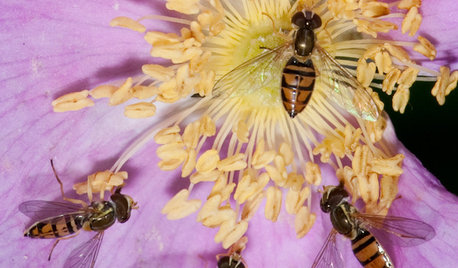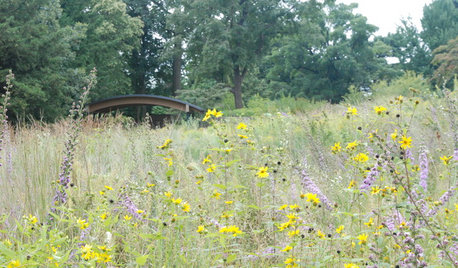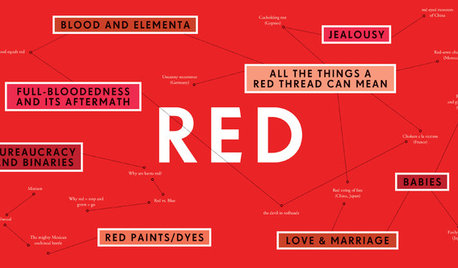Breaking the ant-aphid cycle
karin_mt
14 years ago
Featured Answer
Sort by:Oldest
Comments (8)
User
14 years agosandy0225
14 years agoRelated Professionals
Beachwood Landscape Architects & Landscape Designers · New Mexico Landscape Architects & Landscape Designers · Garden City Landscape Architects & Landscape Designers · Hartford Landscape Contractors · Leicester Landscape Contractors · Lewisville Landscape Contractors · Middletown Landscape Contractors · Oak Forest Landscape Contractors · Paramount Landscape Contractors · Spring Landscape Contractors · Tehachapi Landscape Contractors · Vancouver Landscape Contractors · West Hartford Solar Energy Systems · Nutley Solar Energy Systems · Homer Glen Solar Energy Systemsmikee22712
14 years agocarlw
14 years agoBelgianpup
14 years agokarin_mt
14 years agokarin_mt
13 years ago
Related Stories

GARDENING GUIDESThis Fly Is One of the Most Beneficial Insects Around
Meet the syrphid fly, a colorful pollinator that also beats chemicals for controlling aphids and other garden pests
Full Story
GARDENING AND LANDSCAPINGBid Bad Garden Bugs Goodbye and Usher In the Good
Give ants their marching orders and send mosquitoes moseying, while creating a garden that draws pollinators and helpful eaters
Full Story
GARDENING GUIDESHow to Find the Right Plants for Your Garden
Break free from choosing plants by cold-hardiness zones for a beautiful landscape that thrives year-round
Full Story
GARDENING GUIDESHow to Switch to an Organic Landscape Plan
Ditch the chemicals for a naturally beautiful lawn and garden, using living fertilizers and other nontoxic treatments
Full Story
COLORWhy My Son’s Room Will Be Red: An Expert Weighs In on Colors for Baby
Historical facts, trend recaps and enthusiastic support for painting your nursery any darn color you like
Full Story
MATERIALSDesign Workshop: Natural Wood Siding Minus the Maintenance
No need to worry about upkeep when you choose wood that embraces weathering
Full Story
GARDENING GUIDESBackyard Birds: Invite Entertaining Hummingbirds Into Your Garden
Hummingbirds — unique to the Americas — zip through open landscapes seasonally or year-round. Here’s how to attract them
Full Story
HOUSEKEEPINGTackle Big Messes Better With a Sparkling-Clean Dishwasher
You might think it’s self-cleaning, but your dishwasher needs regular upkeep to keep it working hard for you
Full Story
GARDENING AND LANDSCAPINGPorch Life: Banish the Bugs
Don't let insects be the bane of your sweet tea and swing time. These screening and product ideas will help keep bugs at bay on the porch
Full Story
GARDENING GUIDESHow to Keep Your Citrus Trees Well Fed and Healthy
Ripe for some citrus fertilizer know-how? This mini guide will help your lemon, orange and grapefruit trees flourish
Full StoryMore Discussions







Susan Fox